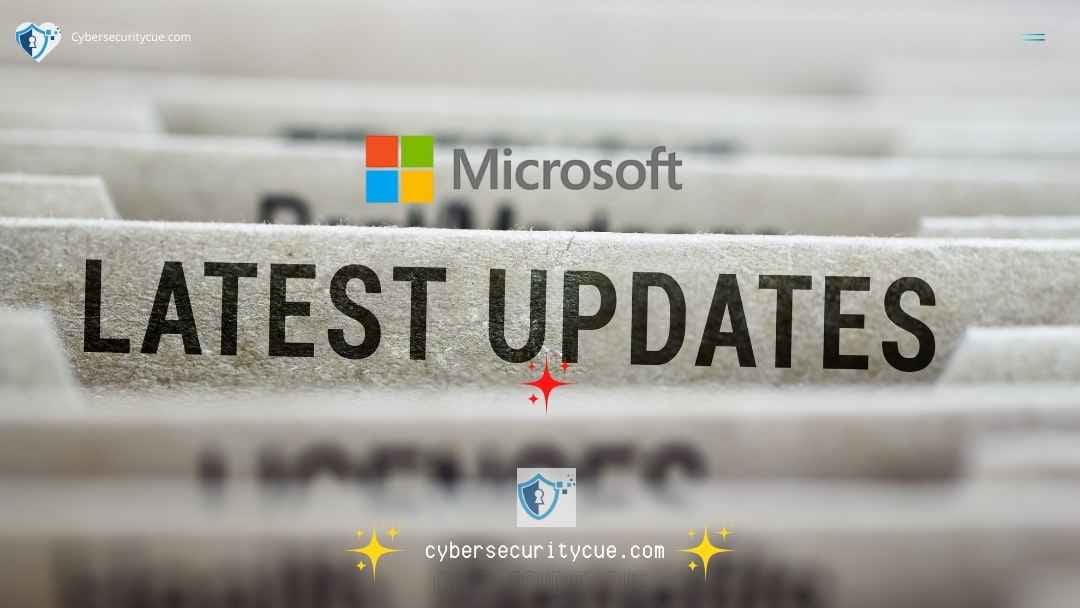Microsoft patches exploited zero-day flaws in its latest January 2025 security update, addressing 161 vulnerabilities across its software portfolio. This comprehensive update includes fixes for three zero-day vulnerabilities actively used in cyberattacks.
The company’s proactive measures aim to protect millions of users globally, emphasizing its commitment to cybersecurity.
Read on to learn more about these critical updates and why you should act now.
Key Takeaway to Microsoft Patches Exploited Zero-Day Flaws:
- Microsoft Patches Exploited Zero-Day Flaws: Microsoft’s latest update fixes 161 security issues, including actively exploited zero-day vulnerabilities, ensuring enhanced system security for users worldwide.
Breaking Down Microsoft’s January 2025 Security Update
Overview of the Update:
Microsoft’s security update includes fixes for:
- 161 vulnerabilities: 11 rated as Critical and 149 as Important.
- Three actively exploited zero-day flaws: These vulnerabilities pose significant threats if left unpatched.
The updates also address seven additional vulnerabilities in Microsoft Edge since the December 2024 Patch Tuesday update.
| Category | Number of Vulnerabilities | Severity |
|---|---|---|
| Critical | 11 | High Risk |
| Important | 149 | Medium Risk |
| Unrated (e.g., CVE-2024-7344) | 1 | Moderate Risk |
Actively Exploited Zero-Days:
The three zero-day flaws under active exploitation involve:
- Windows Hyper-V NT Kernel Integration VSP Vulnerabilities:
- CVE-2025-21333, CVE-2025-21334, CVE-2025-21335 (CVSS score: 7.8).
- Exploitation could grant attackers SYSTEM-level privileges.
These vulnerabilities likely play a role in post-compromise activities, where attackers escalate privileges after initial access.
The U.S. Cybersecurity and Infrastructure Security Agency (CISA) has added these flaws to its Known Exploited Vulnerabilities (KEV) catalog, urging federal agencies to patch them by February 4, 2025.
Other Publicly Known Vulnerabilities:
Microsoft also addressed five vulnerabilities that were publicly disclosed:
- CVE-2025-21186, CVE-2025-21366, CVE-2025-21395: Remote Code Execution vulnerabilities in Microsoft Access.
- CVE-2025-21275: Privilege Escalation in Windows App Package Installer.
- CVE-2025-21308: Spoofing vulnerability in Windows Themes, leading to NTLM hash disclosure.
Real-World Examples of Exploited Vulnerabilities
In 2021, Microsoft faced a similar crisis with the Exchange Server’s zero-day vulnerabilities. Hackers exploited these flaws to compromise email systems worldwide.
Critical Vulnerabilities Addressed:
The update fixed five Critical-rated issues, including:
- CVE-2025-21298: OLE Remote Code Execution Vulnerability.
- CVE-2025-21307: RMCAST Driver Remote Code Execution Vulnerability.
These vulnerabilities could allow attackers to execute malicious code remotely, posing severe risks to enterprise environments.
Mitigation Tips:
- Regularly update systems with the latest patches.
- Avoid opening suspicious emails or attachments.
- Use plain text format for reading emails to reduce risks.
Impact of the Update on Users
This security update reinforces Microsoft’s commitment to mitigating cyber risks:
- Enhanced Security: Protects against privilege escalation and remote code execution.
- Proactive Measures: Ensures vulnerabilities are addressed before widespread exploitation.
- Broader Scope: Includes updates from other vendors like Adobe, Google, and VMware.
Future Trends in Cybersecurity
With the rise of AI-driven cyberattacks, organizations must adopt proactive defense strategies. Microsoft’s continuous updates highlight the importance of patch management in preventing security breaches.
About Microsoft:
Microsoft, founded in 1975, is a global leader in software, services, and solutions. Its robust security ecosystem protects millions of users worldwide. Visit Microsoft’s official website for more information.
Rounding Up
Microsoft’s January 2025 security update is a critical step in securing user systems against actively exploited zero-day vulnerabilities.
By addressing 161 flaws, including high-risk issues, Microsoft continues to set a benchmark in cybersecurity. Ensure your systems are up to date to stay protected.
FAQs
What are zero-day vulnerabilities?
- Zero-day vulnerabilities are flaws exploited by attackers before the vendor releases a patch.
How can I update my Microsoft software?
- Use the Windows Update feature or visit Microsoft’s update catalog to download patches manually.
Why is it important to install security updates promptly?
- Delaying updates leaves your system exposed to cyberattacks that exploit unpatched vulnerabilities.
What should organizations do to enhance security?
- Implement regular patch management, use firewalls, and educate employees about phishing threats.
Can these vulnerabilities affect home users?
- Yes, especially if systems are not updated regularly or if users open malicious files.
Where can I learn more about Microsoft’s security updates?
- Visit the Microsoft Security Response Center for detailed information.





